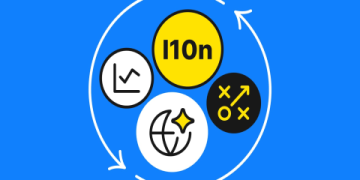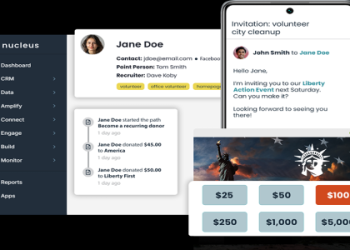Successful project execution hinges on a clear alignment of every participant’s role with the overarching goal. When roles are defined in terms of expected contribution to the final objective, accountability rises, resources are used efficiently, and teams achieve measurable results faster.
| Project Phase |
Primary Role | Key Tasks | Primary Goal | Success Metric |
|---|---|---|---|---|
| Initiation | Product Owner | Define scope, set success factors | Establish aligned vision | Stakeholder sign-off |
| Planning | Scrum Master | Facilitate planning sessions, remove blockers | Deliver viable roadmap | Low-risk backlog Gantt |
| Execution | Developers | Build, test, demo increments | Produce shippable code sprintly | >90% story completion |
| Monitoring | QA Lead | Run regression, track defect density | Maintain quality gate | <1 critical defect/KLOC |
| Closure | Delivery Manager | Verify acceptance, transfer knowledge | Customer take ownership | 100% acceptance criteria met |
Continuous two-way feedback between role holders and goal owners keeps the table above alive; adjustments are incorporated in each retrospective cycle, ensuring that role evolution directly supports goal progression.

























